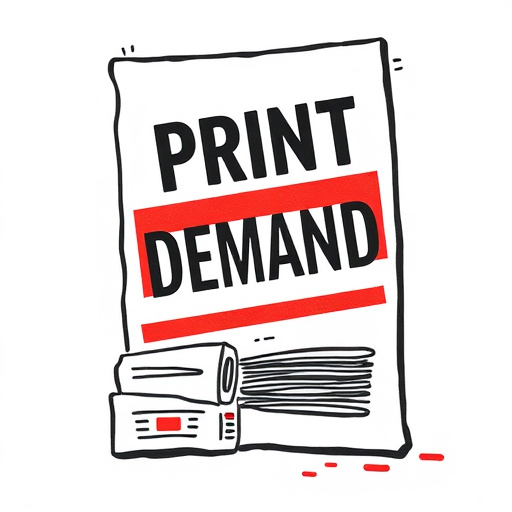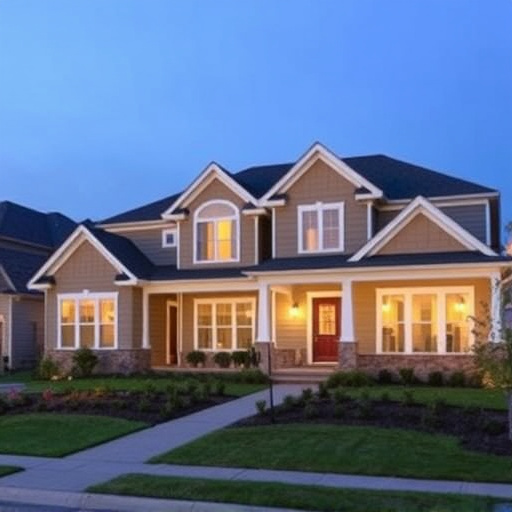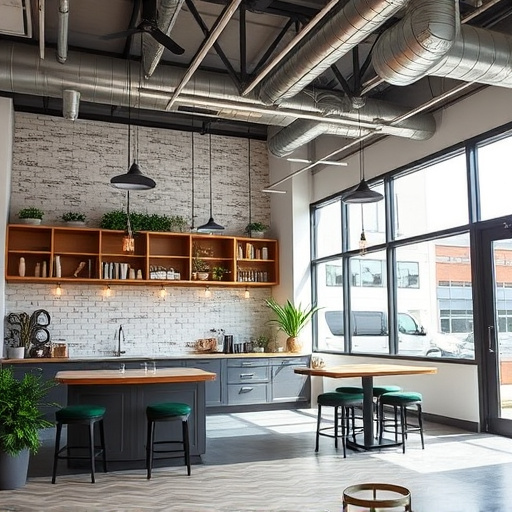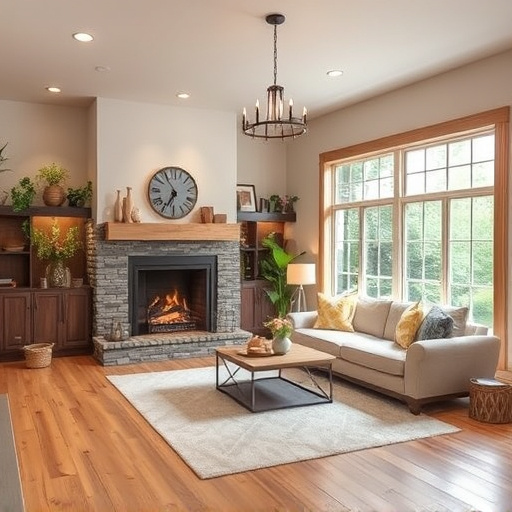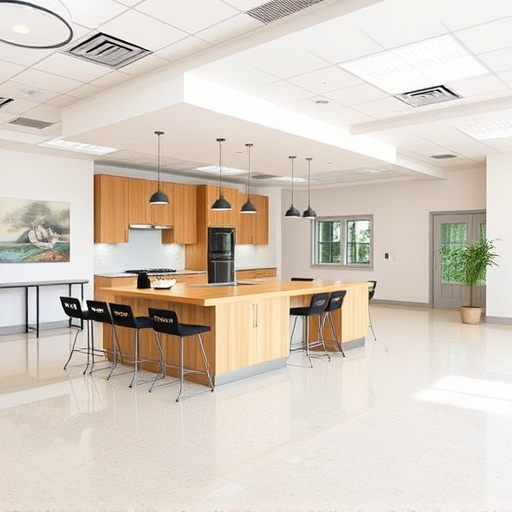Modern office design leverages digital screens, interactive spaces, and adaptable layouts to enhance remote collaboration. By prioritizing functionality, aesthetics, lighting, acoustics, and smart technologies, office design optimizes virtual communication, problem-solving, and innovation for satisfied employees in a dynamic, location-agnostic work environment.
In today’s digital era, effective office design goes beyond aesthetics; it empowers collaboration. This article explores how strategic design choices can enhance the utilization of digital tools, fostering seamless virtual interactions. We delve into integrating digital screens and displays, creating interactive spaces that promote remote teamwork, and optimizing lighting and acoustic environments virtually. Discover how these elements transform offices into collaborative crucibles for modern working folk.
- Integrate Digital Screens and Displays Seamlessly
- Promote Interactive Spaces for Virtual Collaboration
- Optimize Lighting and Acoustic Environments Virtually
Integrate Digital Screens and Displays Seamlessly
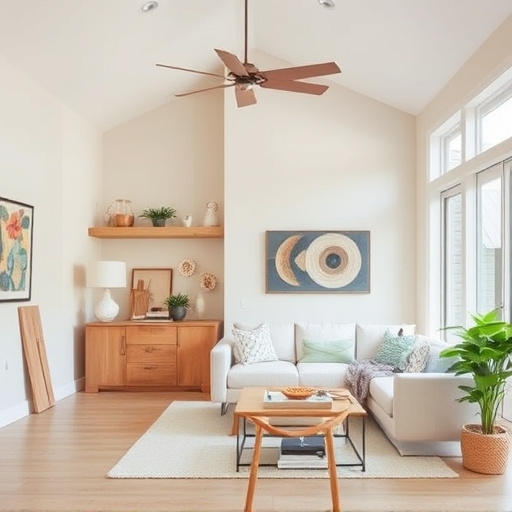
In modern office design, seamlessly integrating digital screens and displays is essential for enhancing digital collaboration tools. Large touchscreens, interactive whiteboards, and multiple monitor setups create an environment conducive to remote teams working together in real-time. These technologies enable intuitive sharing of documents, presentations, and ideas, fostering a sense of connectedness despite physical distances. Customized home renovations can also incorporate these digital elements, transforming spaces into collaborative hubs where employees feel as engaged as if they were in an office setting.
Streamlined office design further supports digital collaboration by ensuring that displays are not just functional but also aesthetically pleasing and well-integrated into the overall space. This might involve strategic floor replacements or thoughtful home transformations to accommodate larger screens without cluttering the area. By balancing form and function, these customizations create a productive atmosphere that leverages the power of digital tools, making remote work more effective and enjoyable for everyone involved.
Promote Interactive Spaces for Virtual Collaboration
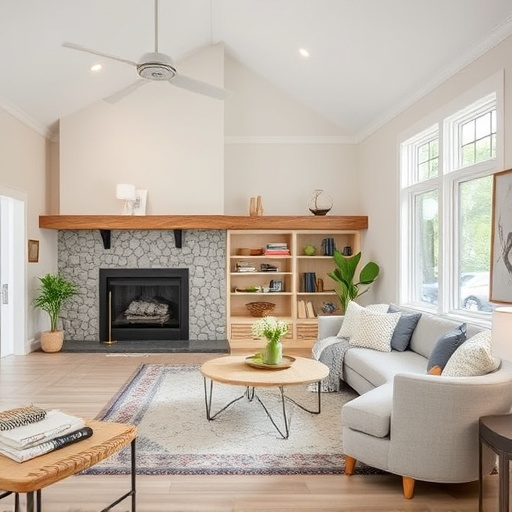
In today’s digital age, where virtual collaboration is the norm, office design plays a pivotal role in fostering productive and connected teams. The physical environment should encourage interactive spaces that mirror the dynamic nature of remote work. This can be achieved through versatile meeting areas designed for both video conferencing and informal discussions, ensuring every team member feels included and engaged, regardless of their location.
By integrating visually appealing and well-lit spaces with comfortable seating options, such as collaborative couches or high tables, offices can create environments that inspire creativity and productivity. These spaces should be easily adaptable, allowing for the quick setup of screens, presentation equipment, and other tools necessary for seamless digital collaboration. Think of it as a modern take on the traditional office, where interior painting and home renovation projects focus on creating an atmosphere that promotes communication, problem-solving, and innovation—all essential aspects of successful remote teamwork.
Optimize Lighting and Acoustic Environments Virtually
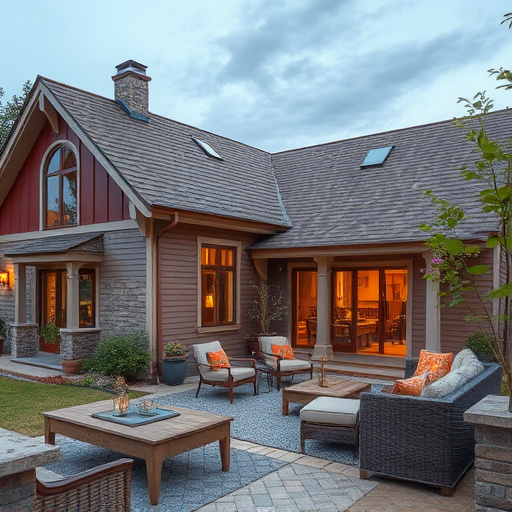
In today’s digital age, office design plays a pivotal role in enhancing collaboration tools. One often overlooked aspect is optimizing lighting and acoustic environments virtually. Adequate natural light and sound absorption are crucial for creating productive spaces that facilitate seamless virtual interactions. By incorporating smart windows, adjustable lighting systems, and innovative acoustic panels during both initial office design and renovation services, companies can ensure clear video calls, effective online meetings, and minimal echo or background noise distractions.
This focus on enhancing the physical environment aligns with broader home improvement services and, for those considering expansion, home additions. Investing in these improvements not only boosts employee satisfaction and retention but also makes the space more adaptable as remote work continues to evolve. Such thoughtful office design choices ultimately contribute to a culture of efficient digital collaboration, keeping teams connected and productive regardless of their physical location.
Modern office design plays a pivotal role in enhancing digital collaboration tools, fostering productivity, and creating an engaging environment. By seamlessly integrating digital screens, promoting interactive spaces, and optimizing lighting and acoustic environments virtually, businesses can transform traditional workspaces into dynamic hubs that cater to today’s collaborative needs. These strategies not only facilitate effective communication but also ensure employees feel inspired and motivated, ultimately contributing to the success of any organization in the digital age.




